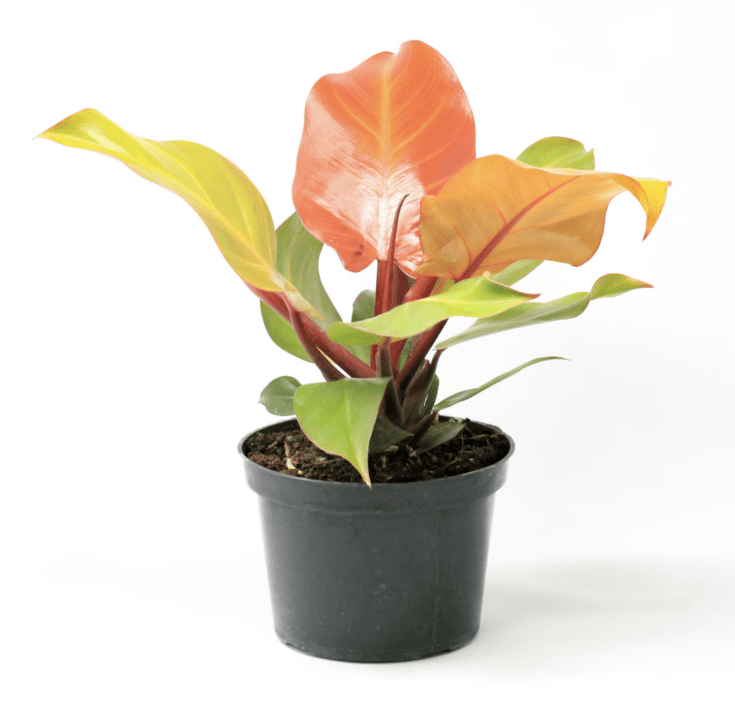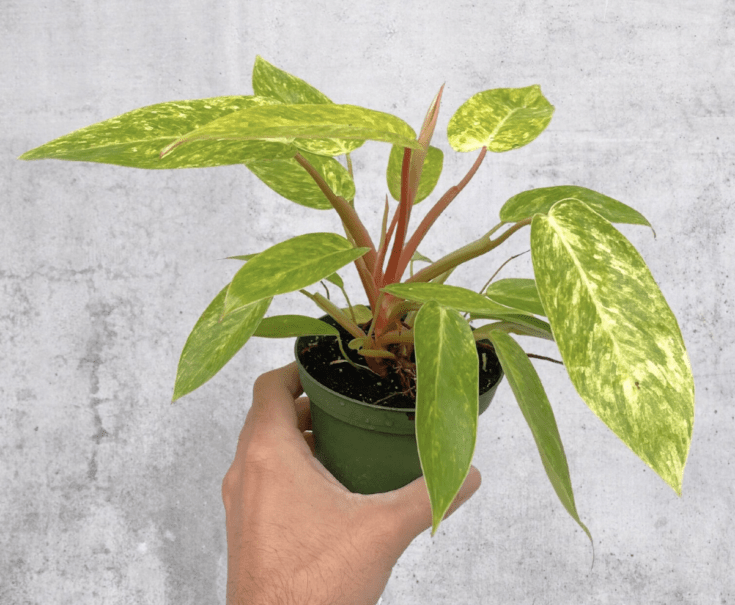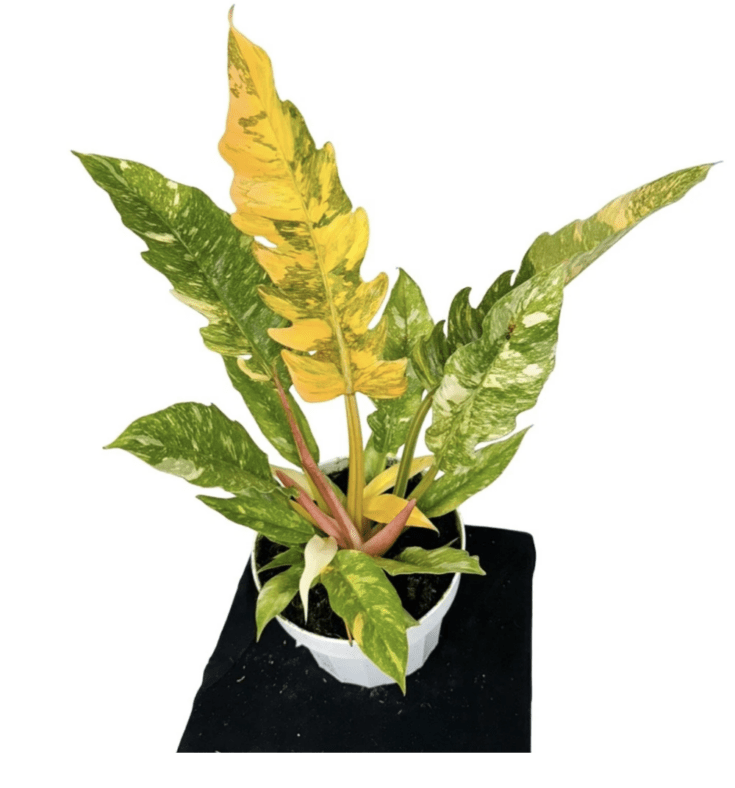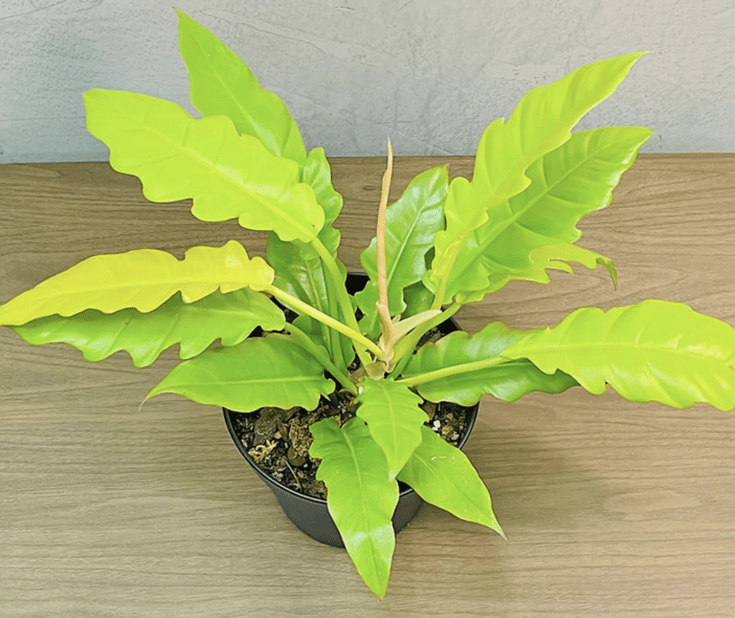Philodendrons are a large genus of plants in the Araceae (Arum) family. They are native to tropical regions and are popular as houseplants due to their attractive foliage and ease of care. Philodendrons are appreciated for their diverse and striking foliage, adaptability to indoor conditions, and relatively easy care requirements, making them a favorite among houseplant enthusiasts.
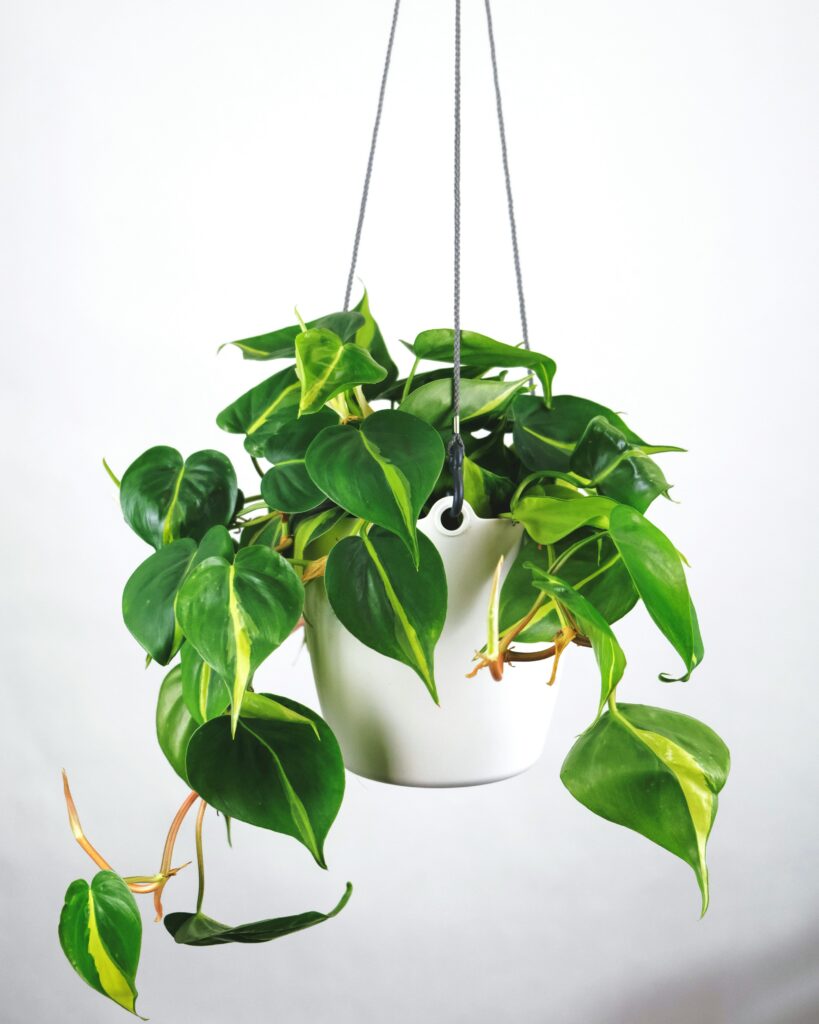
Photo by feey - contains affiliate links
Sometimes confused with pothos houseplants, philodendron plants are some of the easiest houseplants, with a few general rules of care.
Types
- Climbing Philodendrons: These have a vining habit and often require support to grow vertically. Examples include Philodendron hederaceum (Heartleaf Philodendron) and Philodendron micans.
- Non-Climbing (Self-Heading) Philodendrons: These grow in a more bush-like manner. Examples include Philodendron Birkin and Philodendron Prince of Orange.
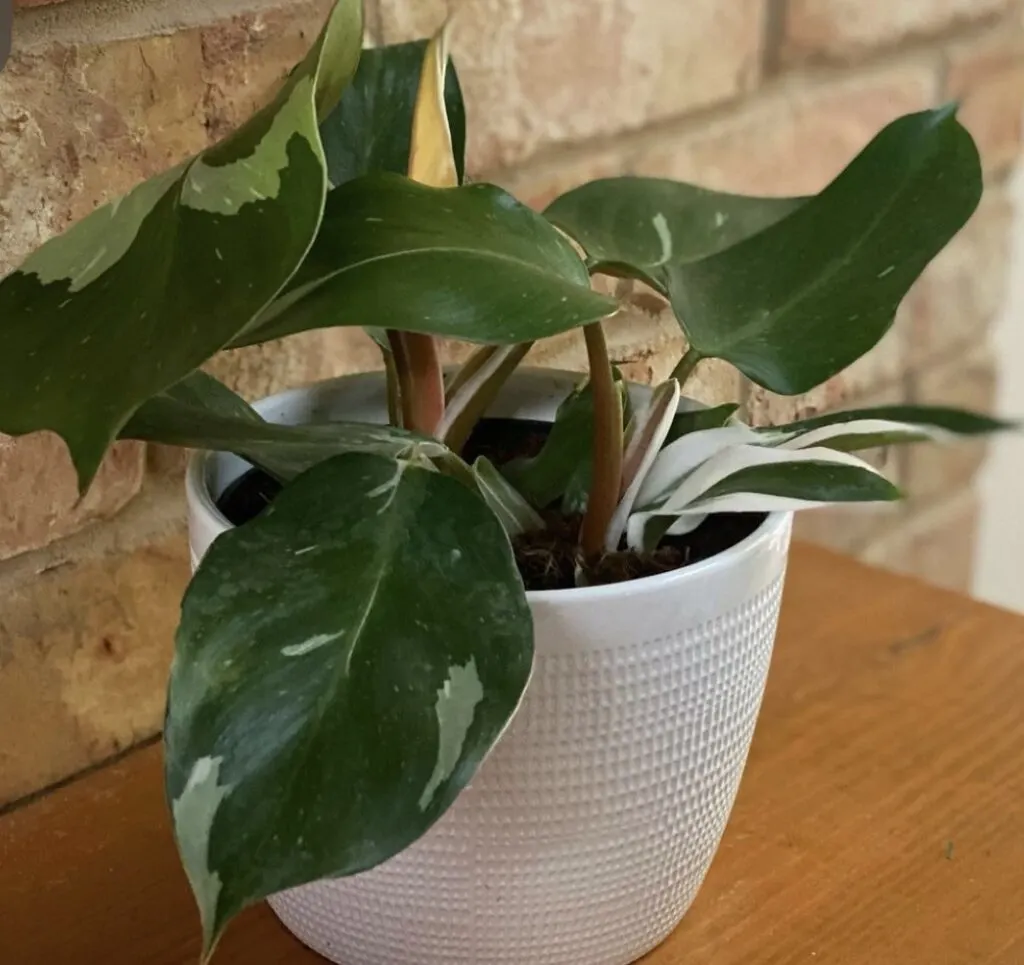
Characteristics
- Leaves: Philodendron leaves can vary widely in shape and size. They are generally large, glossy, and can be heart-shaped, lobed, or deeply cut. Vining varieties are generally heart shaped. Leaves are typically green, but can also be variegated with yellow, white, red, orange, or pink.
- Growth Habit: Some philodendrons are climbers, while others grow upright.
- Roots: Many philodendrons have aerial roots that help them climb and absorb moisture and nutrients from the air. They also have a traditional root system that anchors them in the soil.
Care
- Light: Philodendrons prefer bright, indirect light but can tolerate lower light levels. (They won't grow as quickly or as big without bright, indirect light.) Direct sunlight will scorch leaves.
- Watering: They like to be kept moist but not waterlogged. Allow the top inch of soil to dry out between waterings. Make sure that there are drainage holes so roots are sitting in water.
- Humidity: They thrive in high humidity but can adapt to average household humidity levels. Increase humidity if it is too dry, especially during the winter.
- Temperature: Ideal temperatures range from 65-80°F (18-27°C). Avoid cold drafts and sudden temperature changes.
- Fertilizing: Feed with a balanced liquid fertilizer according to package directions. Some fertilizers can be used with every watering and some have special recommendation
- Pruning: Philodendrons don't have to be pruned, but if you want to reduce the size or propagate, then you can. Remove dead or yellowing leaves to improve aesthetics.
- Support: Provide a moss pole or trellis for climbing varieties to support and encourage growth. Self-heading philodendrons often need support in the form of a bamboo stick and some stretchy plant tape that won't hurt the plant.
- Repotting: Choose a pot that is one size larger than the current plant, but only when it outgrows its current pot. Look for escaping roots or when the roots don't have any room to grow.
- Pests: Check regularly for common pests like spider mites, aphids, and mealybugs. Use neem oil or insecticidal soap and isolate the plant away from your other houseplants.
- Propagation: Easily propagate by taking stem cuttings and rooting them in water or soil. Choose healthy cuttings with at least one node and few leaves.
Are philodendrons toxic?
Philodendrons are toxic to pets and humans if ingested, so keep them out of reach of children and furry friends!
What kind of soil do I use?
Philodendrons need well draining soil. Use a chunky mix designed for aroids or houseplants. Add perlite or orchid bark to improve aeration and drainage.
Do philodendrons bloom?
I was surprised to learn that yes, they do! They don't often bloom as houseplants because the conditions have to be exactly right, but they do bloom in their natural habitats.
Does my houseplant need a watering schedule?
NO! This is often taught to beginners, but please do not put your plant on a watering schedule. Use a moisture meter, bamboo stick, or better yet, your finger, to decide if your plant needs water. If the top half of the plant is dry, it likely needs water. There is no tried and true prescription for when to water, but it is something that you will learn with time and experience. It all depends on the size of your plant, the size of your pot, the temperature, growing season, humidity levels, etc. Watering once or twice a month is common with well established philodendrons. Overwatering can cause root rot. Definitely don't water if you already have wet soil.
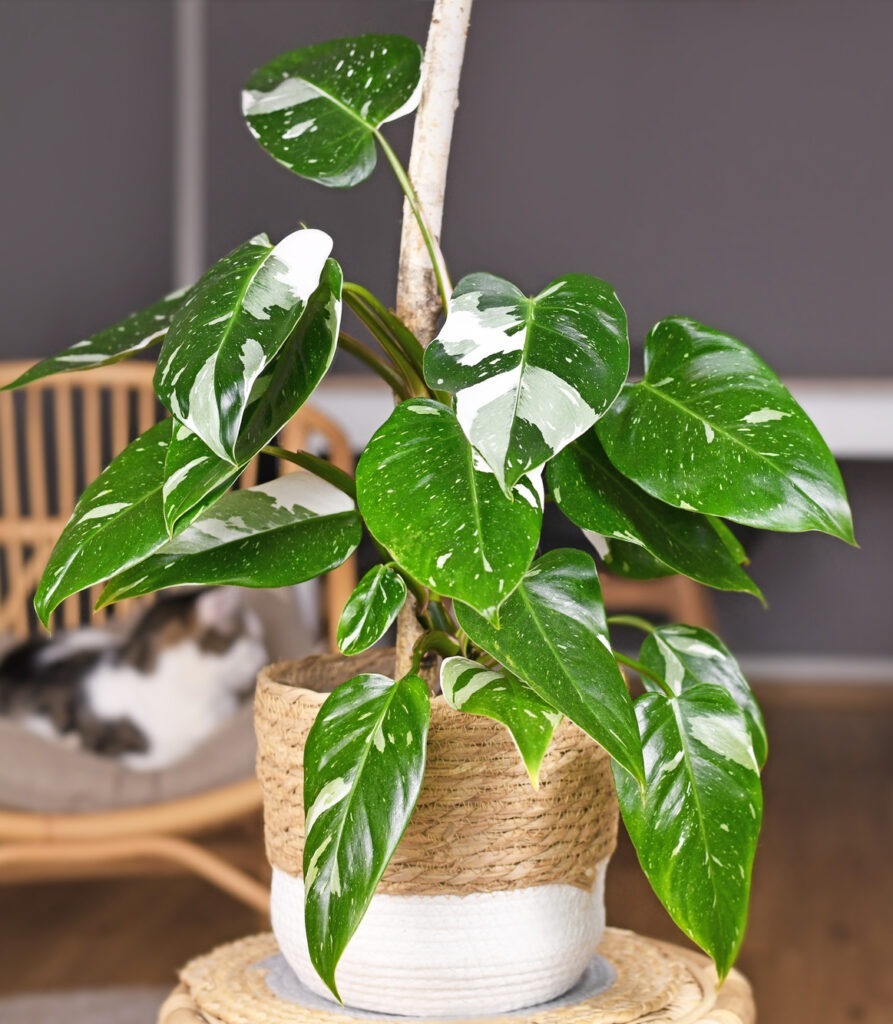
White Princess Philodendron
My favorite Philodendrons
I have quite a few Philodendron plants in my collection, but my personal favorites are this White Princess Philodendron and Variegated Heartleaf Philodendron. The White Princess has pink, white, and green stems and pink and white splashes all over. I bought it as a starter plant and it has really taken off, it's so pretty! I love variegation, so the heart shaped leaves on the vining philodendron is breathtaking. Each leaf is different!
These two are becoming more popular, but I have never seen them in a store, so ordering them online is a good idea.
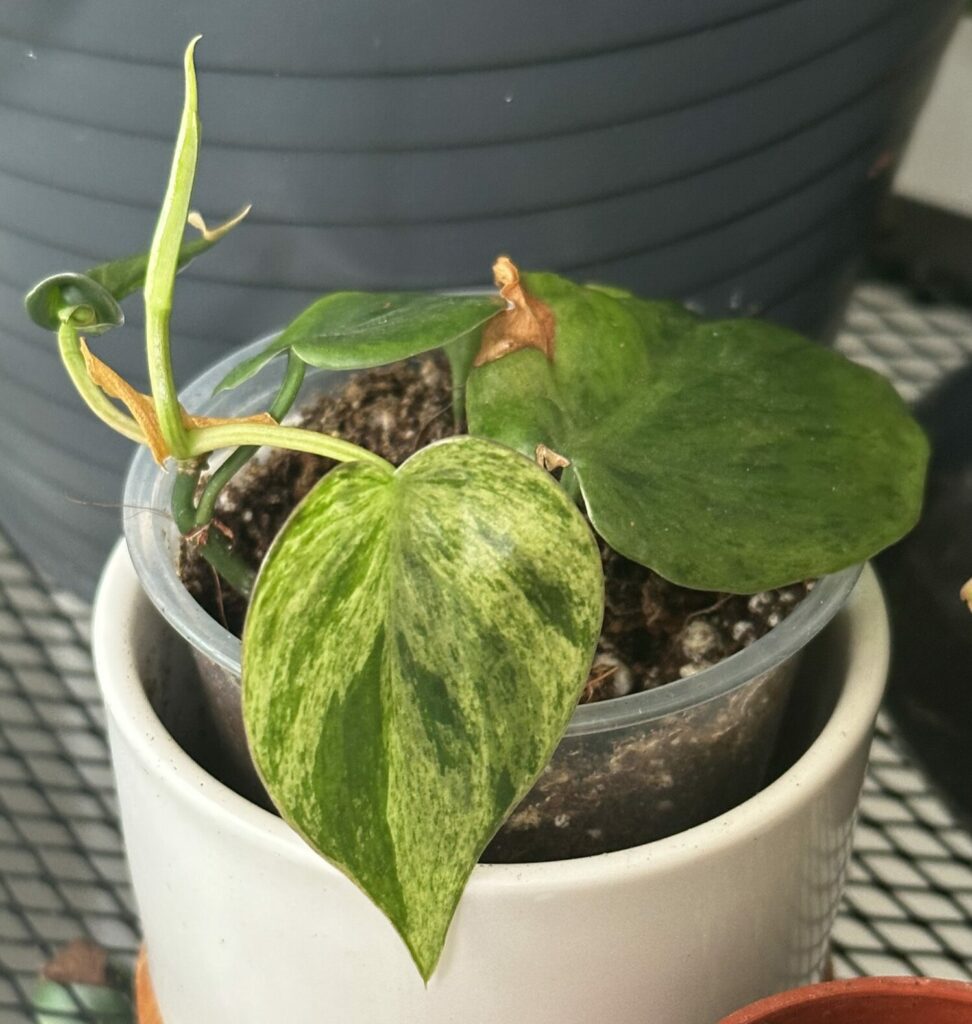
Popular Varieties
Over the past few years, houseplants have become more popular and readily available in big box stores. Here are some of the most popular species of philodendron, based on my personal experience shopping for houseplants.
A Beginner's Guide to Philodendrons: 15 Easy to Find Varieties
Here are some of the most popular philodendrons, with a few bonus plants that are beautiful and my favorites!
Hederaceum Live Indoor Plant, Easy to Grow Vining Houseplant in Decorative Plant Pot, Climbing Trellis, Living Room Home or Office Decor, Birthday Gift







